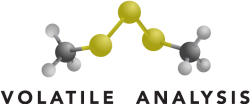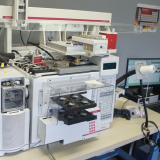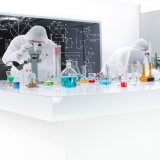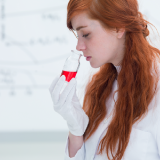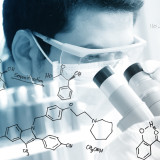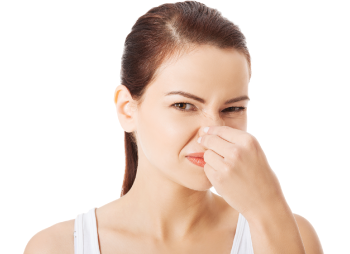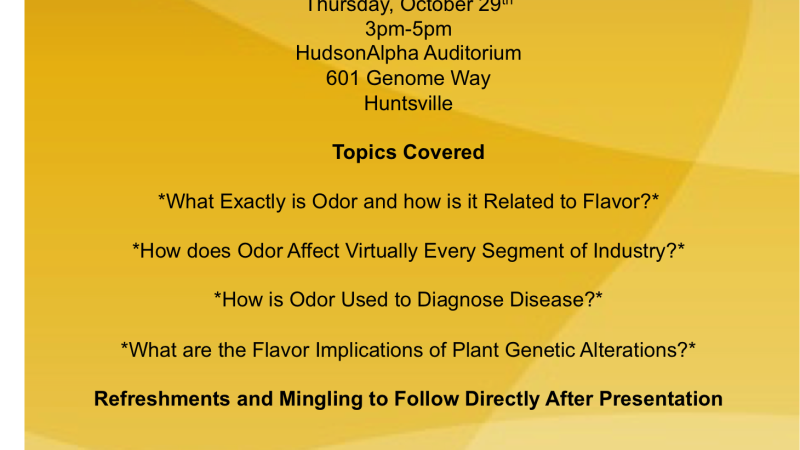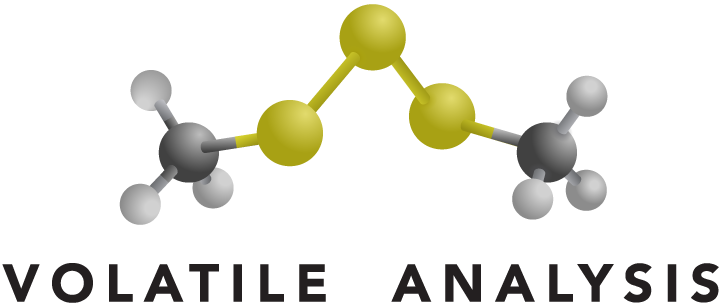
Automotive
Description of Industry
Automobiles and chemistry. All areas of the automobile industry contain sophisticated chemistry. Thousands of materials come into play each with their own Material Safety Data Sheet (MSDS). How does an organization maintain specifications in production with all of the reactive chemistry that is involved in the process of building vehicles?
Automobiles employ numerous materials with complex chemistries. They contain materials originally made by several different industries for example paint, adhesives, plastics, chemicals, textiles, glass, rubber, and electronics. Each individual product could introduce off-odor or problematic volatile chemicals into an automobile interior, or into the environment where automobile assembly occurs, or the environment external to assembly. Problematic volatiles and odors may be very complex and difficult to trace in the production process. Volatile Analysis provides this specialization.
Applicable Services
What we do
We design custom strategies to manage off-odor issues. Strategies include sensory panel measurement of cultural differences that impact product acceptability. A good example of this is “new car” odor. Some consumers in the US find new car aroma pleasant while consumers from different cultures overseas find new car aroma objectionable. VAC uniquely employs sensory analysis and analytical chemistry to measure chemicals responsible for odor, and determine which are most offensive to a cultural group. We can help with determining the importance of the chemical in processing and suggest an alternative strategy. Whether you desire assistance with odor issues in the research stage for new product development or design of odor and aroma parameters that yield the best product deliverable for each market, we can deliver.
Global Multi-Cultural Sensory Program Development
We employ sensory techniques that allow for cultural differences in odor interpretation. Specifically our on site descriptive panels rely on panelist input to provide the most accurate reflection of a regions unique odor/flavor interpretation. Want to know more about this service? Click HERE.
Sensory Panel Training
In building a sensory program sensory panel training is a must. By ensuring you have trained panelists that are able to perceive important changes in an aroma profile or be able to clearly articulate differences between products you can be more successful in customer satisfaction. Click HERE to learn more.
Sensory Panel Creation
VAC offers unique capabilities in sensory and analytical. In support of our off-odor work we routinely convene sensory panels. The most frequently used include quantitative descriptive analysis (QDA) where a descriptive panel is trained for measuring product attributes. We also conduct threshold testing in various media. This is particularly useful when assessing how problematic specific odorants are in a given product formulation. If you need assistance creating a sensory panel and for more information click HERE.
Odor Investigation
We utilize the most advanced scientific techniques and instruments currently available to detect and measure volatile chemicals responsible for odor. We utilize gas chromatography-mass spectrometry/ olfactometry to quickly determine what retention index values from a chromatogram correspond with odor. This capability dramatically improves our capability to identify trace level chemicals responsible for off-odors.
Odor Analysis GC-MS/O
Gas chromatography-mass spectrometry/olfactometry provides the very best technique to quickly resolve off-odor issues. This method requires a trained odor judge to sniff GC effluent and rate odor character and intensity. This information is coupled by retention time automatically via software to GC-MS chromatogram data to allow for rapid odor identification. Our sensory and analytical team have more than 20 years experience with odor, analytical, and organic chemistry, and sensory analysis. Read more about our GC-MS/O Odor Analysis service by clicking HERE.
New Product Development Aroma Support
To ensure new products exhibit desired aroma character and intensity, we employ spot-on sensory assessment, extraction methods and analytical analysis. Sensory includes quantitative descriptive analysis to ensure the attributes measured match those desired. Extraction methods depend on the nature of the material. Dynamic headspace extraction works for many products however specialized techniques such as sir bar sorptive extraction and solid phase micro-extraction also have a place. Analytical may employ GC-MS, GC-MS-MS, GC-MS/O, or other method appropriate to answer a specific question. If you need more information about how we can provide aroma support for new product development click HERE.
Odor Problems and Complaints
Due to the complex nature of automobile components, an off-odor may be very difficult to track down. VAC specializes in odors and where they originate. We can quickly provide the answers needed for odor mitigation. Whether an odor is occurring in the community arising from your production processes, or an odor is being perceived in a customer’s vehicle, VAC can support your investigation and move you toward your answer in the most effective manner.
